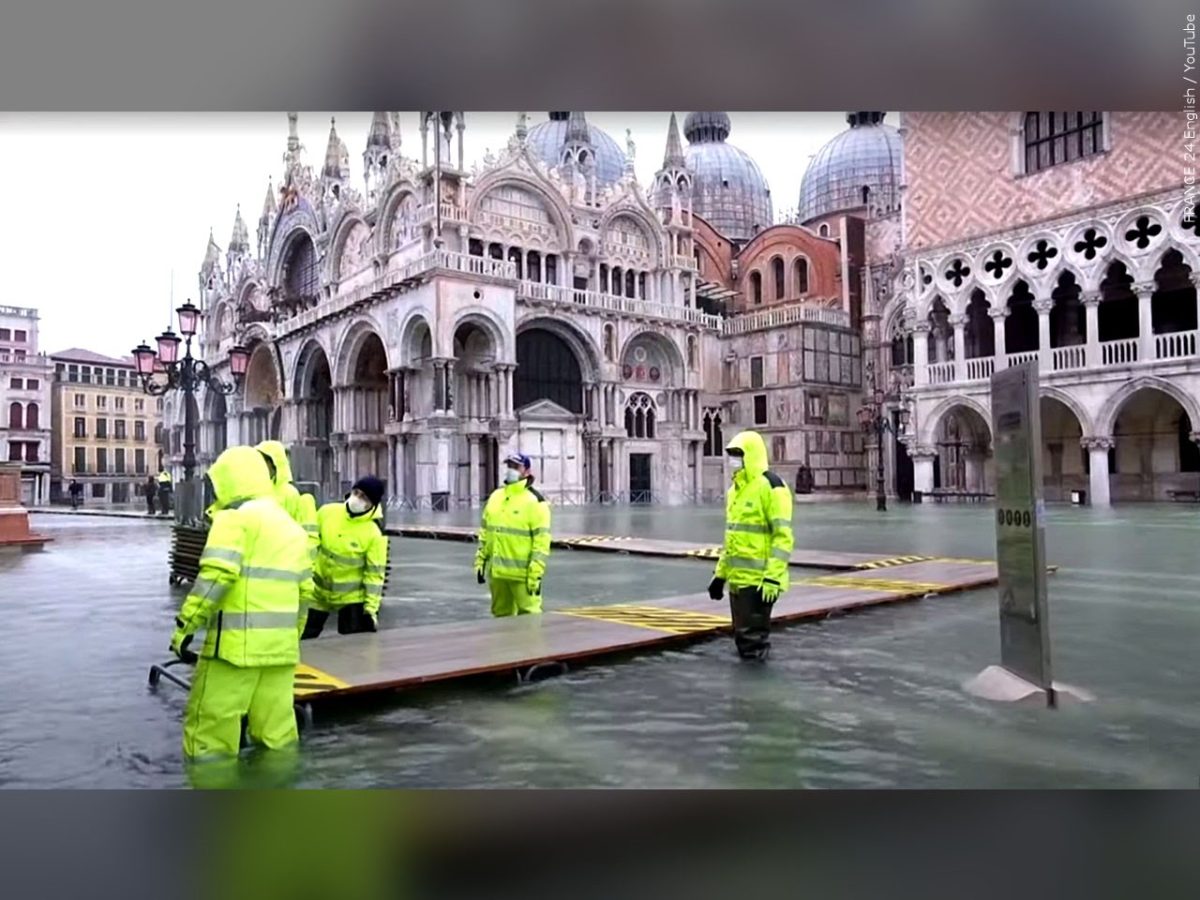“Last-chance tourists” is a new phrase used to describe tourists touring a destination for the last time. Travelers are rushing to experience places that could soon be gone forever.
“A lot of climate discussion revolves around time,” said Desiree Ibekwe, a writer at The New York Times. “Lines rise across charts predicting the next century. Scientists set deadlines for the coming decades. Each month seems to bring news of a new heat record. The sense that time is running out can be heady.”
There is even a list of places that people call the “last-chance tourism list.” These places are the most at risk of not existing in future years.
“As the Earth warms, natural wonders — coral reefs, glaciers, archipelagos — are at risk of damage and disappearance,” Ibekwe said. “This has motivated some travelers to engage in ‘last-chance tourism,’ visiting places threatened by climate change before it’s too late.”
Some of the places on the “last-chance tourism list” are the Maldives, Antarctica and the Galápagos Islands.
“The impacts of climate change can be drastic,” said Laci Rawlins, a sophomore biology major, “Places that people enjoy and live in could be completely gone by the year 2100. This is heartbreaking because these places are special to people and have long-standing histories, so to be losing them to something such as climate change is so upsetting.”
Scientists are hoping that the controversy of “last-chance tourism” will bring more awareness to the issue at hand and that people will address and attempt to reverse the problems.
“In order to fix the damages, climate change continues to take on the environment, people have to work together to make changes and even sacrifices; things as simple as recycling, energy saving in many ways, changing the way of traveling and even just cleaning up the environment in general,” Rawlins said.
Last-chance tourism seems to make people want to see the places more, so people flock to those locations, but that also means more pollution and disturbance.
“As someone who is helplessly witnessing the impact of climate change on beloved destinations like Venice and the Mer de Glace, I find these changes to be extremely disheartening and find myself disappointed in our humanitarian efforts,” said Caleb Rodgers, a sophomorebiology and Spanish major. “It’s heartbreaking to see such an amazingly beautiful place as Venice slowly succumb to rising sea levels, threatening its unique charm and cultural heritage.”
The aim is to preserve something beautiful so that future generations can see it and witness it before it disappears.
“To combat climate change, I believe in taking personal responsibility by adopting sustainable travel practices, reducing my carbon footprint and supporting local conservation efforts,” Rogers said. “Additionally, on the corporate level, corporations need to step up by prioritizing eco-friendly initiatives, investing in renewable energy and advocating for climate change policies. It’s also heartening to see projects like the Glaciorium emerge, educating the public and inspiring action towards preserving these precious destinations.”
“Last-chance tourism” can prove to be an opportunity for people to pay attention to the effects of climate change in a more obvious way.


